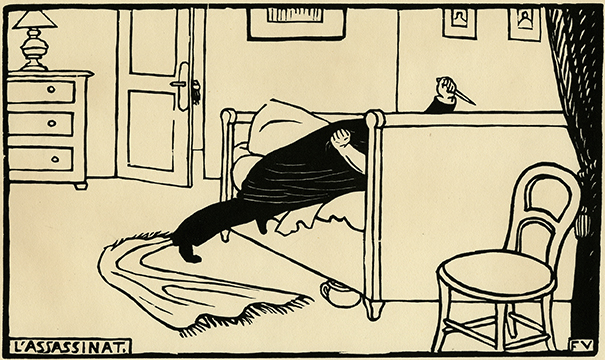
I’m not sure what it is about the French education system that incites their students into the act of rebellion – from the famous (and melodic) building of the barricades in the nineteenth century, to the student driven protests of 1968 where ten million workers went on strike to the demonstrations of 1995 which forced the right wing government into pension reform – those crazy kids are always causing trouble. One of the lesser known student ‘revolutions’ came in the late 1880s. It was called Les Nabis (the Hebrew and Arabic term for ‘prohets’) and it was comprised of artists, most of whom went to school at The Academie Julian in Paris. It’s been described as a cult-like group who believed that art was not merely a depiction of nature, but a combination of metaphors and symbols created by the artist. Its members included Paul Serusier, Paul Gauguin, Maurice Denis and the man whose work is now being shown at the Metropolitan Museum of Art, Felix Vallotton.
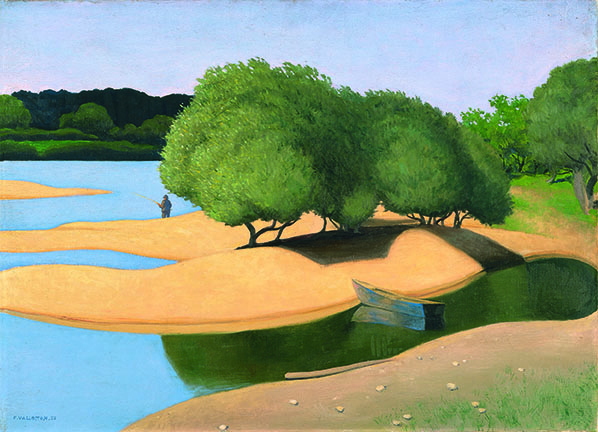
Born in Switzerland, Vallotton was born into a conservative, middle class family. His father was a pharmacist who later owned a chocolate factory. He was only 16 when he arrived in France for his schooling and in 1892 he fell in with Les Nabis, a semi-secret society of student artists who yearned to be in touch with a higher power. Apparently, the group felt that the artist could serve as a “high priest” and “seer” with the power to reveal the invisible. At the beginning of their meetings, they would recite the following “mantra” together: “sounds, colors, and words have a miraculously expressive power beyond all representation and even beyond the literal meaning of the words.” The Nabis felt that as artists they were creators of art that was deeply rooted in the soul of the artist. While the works of the Nabis may have differed in subject matter, they all held to certain formal philosophies – for example, the idea that a painting was a harmonious grouping of lines and colors. The Nabis broke up in 1900 and a potential source for that division was the Dreyfus Affair. It was a case of a Jewish army officer falsely accused of aiding the Germans and Vallotton was passionately convinced that Dreyfus was being railroaded. He even did a series of satirical woodcuts on it. Others held opposing views and that, along with simply the passage of time, ended the Les Nabis.

1911

1892
Although he often lampooned the upper class in his paintings and woodcuts he wound up marrying into them in 1899. Gabrielle Rodrigues-Hénriques was a widow with three children when she and Felix met. She was also the daughter of Alexandre Bernheim, one of the most successful art dealers in Europe. The marriage brought him financial security, rare for a an artist, and he eventually abandoned his woodcuts, focusing primarily on his painting.
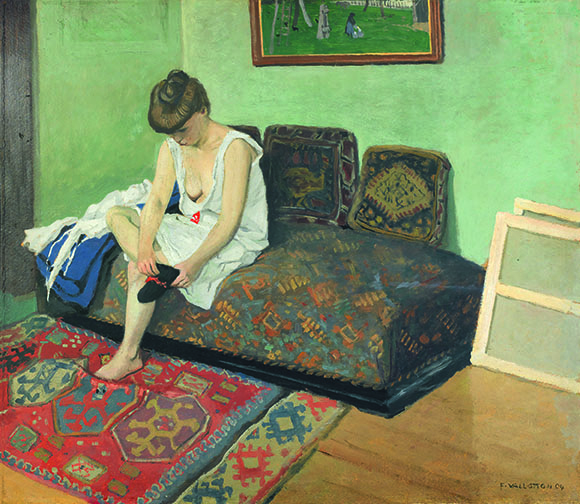
1904
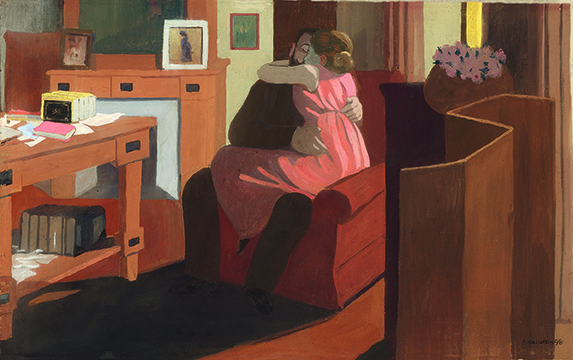
1898
Once he left the Nabis, his reputation grew. In January 1903, he presented a selection of his works at an exposition in Vienna and sold several works. In May of that year the Bernheim gallery gave him a one-man show, and that brought him good reviews. By the end of the year, the French government made its first purchase of one of his paintings for the Luxembourg Museum, which at the time was Paris’s leading museum of modern art.
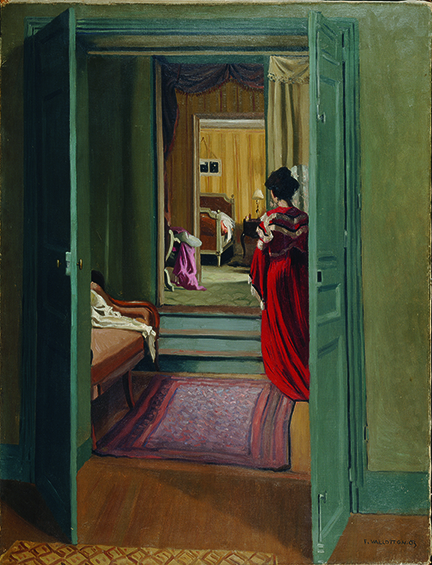
1903
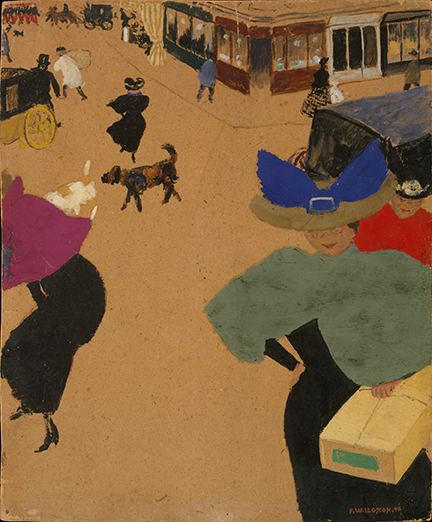
1895
While Vallotton had and has his admirers, not all the reviews of his work were favorable. As one critic of the time put it, “he paints like a policeman, like someone whose job it is to catch forms and colors. Everything creaks with an intolerable dryness … the colors lack all joyfulness.” Not all of Paris agreed, and in 1912 the French Government offered him their Legion of Honor. However, like his fellow Nabis Pierre Bonnard and Edouard Vuillard had done before him, he refused the honor.

1909

1894
Although he was born in Switzerland, Vallotton had been naturalized as a French citizen in 1900. When World War I began Vallotton signed up for the French army but was rejected for his age, forty-eight at the time. Still, he did what he could. In 1915 he returned to woodcuts for the first time since 1901 to and produced a series entitled This is War. In June 1917, the Ministry of Fine Arts sent him on a tour of the front lines. The sketches he produced became the basis for a group of paintings. He died in 1925, in Paris, at the age of 60.
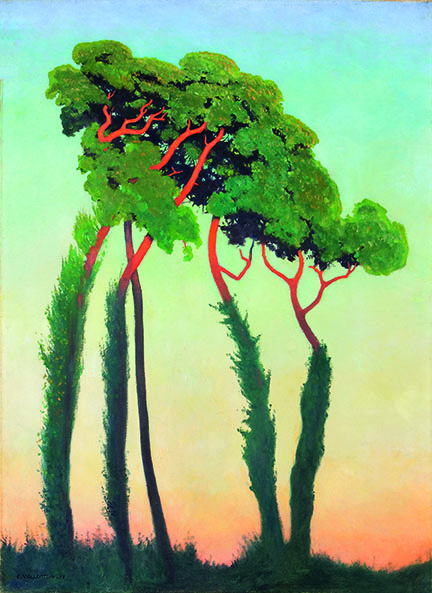
1911

1898
The decade which began Vallotton’s passion for art was a vibrant one. The 1880s burst with talent, with Monet, Rousseau, Seurat, Cezanne and Renoir all active. Perhaps it was difficult to get noticed amongst these giants but obviously Vallotton had his own gifts. The exhibit at the MET is called Felix Vallotton: The Painter of Disquiet. His work parodied the bourgeoisie with sharp wit and laid bare the urban turmoil of a society in flux. The MET will profile pivotal moments in the artist’s career as a painter through some 80 works of art from more than two dozen lenders. His compelling portraits, interiors, still lifes, and landscapes engage us in their comedy and complexity.
Photos are Courtesy of the Metropolitan Museum of Art

Be the first to comment